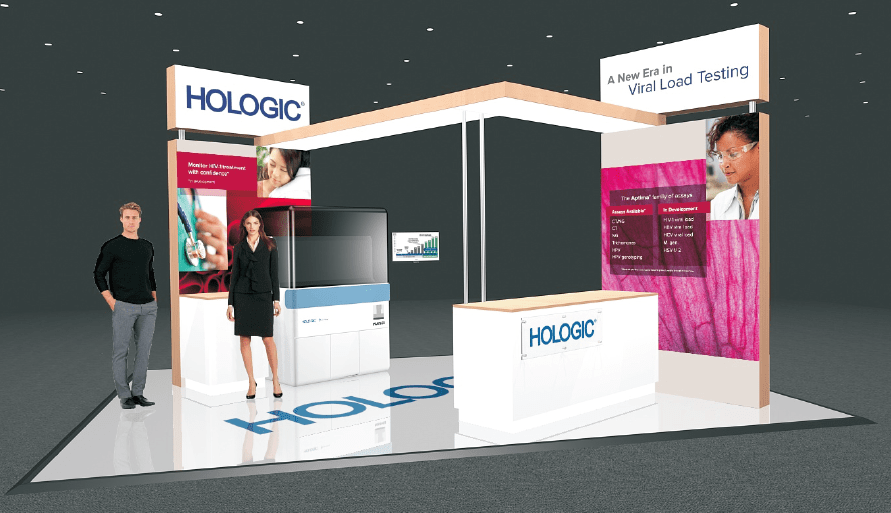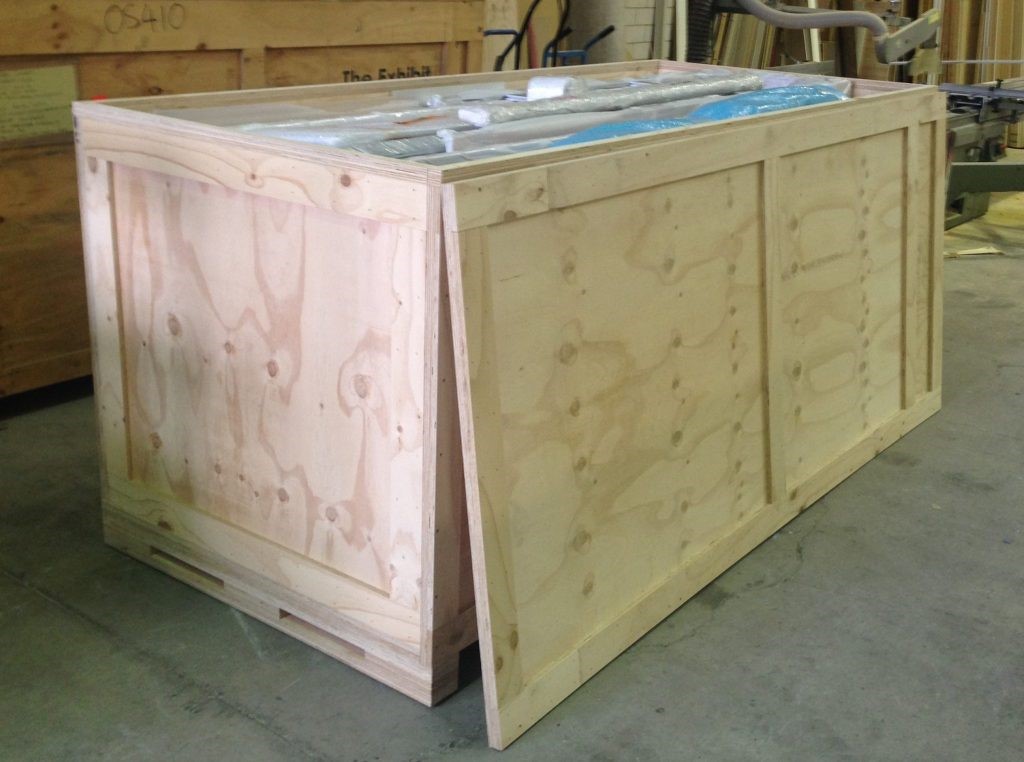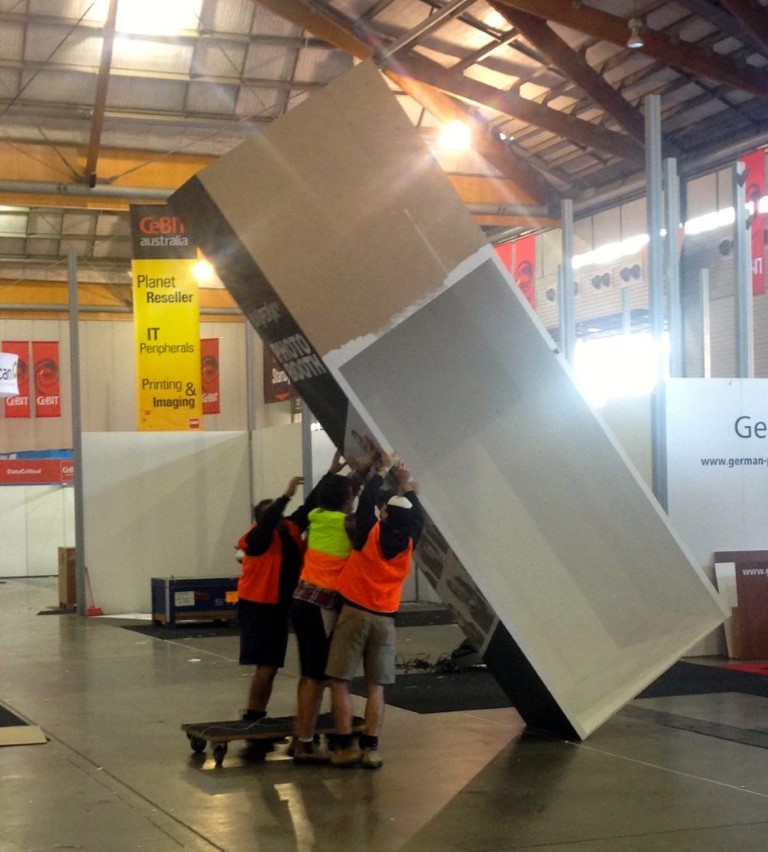Getting the basics of exhibiting right is often the difference between an OK show & an amazing show that makes the boss think you are worth your weight in gold. It’s a mystical grey area where people often come unstuck in their quest for the holy grail i.e. astonishing ROI. I’m talking about the stuff no one sees on show day, but has the potential to screw with your figures & lead you to thinking they aren’t worth the outlay.
1. Staff time
On the stand instead of in the field. In most businesses getting leads & appointments is difficult part of a salespersons job. Technically, if you’re at a show you have the potential to get more face time with clients than you ordinarily would in a single day. The reality is often very different with staff seeing it as a day out of the office. Unless this mindset is addressed it ends up costing the company more than time out of the field. Staff training is essential. What would 1 extra lead be worth?
CEIR statistics show closing sales from telemarketing are 38% compared to 81% for exhibitions.
2. Transport
Building the old fashioned way, using mdf & bulky joinery it’s easy to be sending off multiple crates & quickly churning through your budget. We recently packaged up a 6 x 4m exhibit to go to Prague. Mindful of the 16,074km journey we sent 1 modest crate, which got the following response from our client ” Are you kidding me? Our entire exhibit is in that one box? That’s amazing!” – We think so too.


The actual exhibit is usually quite contained, we often find clients wanting to bring a huge range of gear to show. In some cases this is essential, but more often than not selecting a few key pieces (smallest, largest & something in-between) can do the trick. Consider getting a 3D model, it will save on transport & if you opt to do an interactive digital version you can make changes as needed, replicating a version for your sales team to present from.
3. Couriers
Use with caution – You have been warned! There are times when you can’t avoid using them, but I recommend limiting the number of packages you send (less to lose) & having a single person responsible for accepting the delivery.
4. Site Logistics
Onsite storage & forklift hire is often inevitable, but they can be managed. Reduce the size of what you send to be stored, e.g. packing boxes within boxes. This also has the benefit of returning all of your packaging at the same time at bump out so you aren’t waiting around for things.
5. Storage between shows
Often not thought out so well at all. To some, this is just a cost of exhibiting & clients have come to us with massive bills that severely limit what they can do with their actual attendance because their budget is being used up on something like this. To this, our solution is clever construction, which greatly reduces the size of what you store as it’s packaged in a clever way. (Reduces transport too – double whammy!).
Below is an example of old fashioned, bulky construction that ramps up your storage & installation costs. It requires more handling, more space & will always need touching up between shows as it gets knocked about.

“Our storage is cheaper because we have the space already”. Wrong! Firstly, we have seen clients innocently borrow items between shows (TV’s for Melbourne cup, Bar stools for a function etc), leaving your stand builder on site looking for something that isn’t in the crate because it was never put back. Another point to mull over is the fact that it will also be another leg for transport (i.e. your warehouse > depot > site). Just saying…
6. Labour
Cheap labour is just that. Like anything, you get what you pay for. If you just need bodies, go for cheap labour, but you have been warned! I recommend directing & controlling them like a new Ferrari owner reverse parking his new toy for the first time. If you are hiring directly, get the same team to do the bump in & out. You will save time & it will save you having to explain in finite detail how to package things back up.When booking labour ensure you make allowances for after hours charges.
A site supervisor is worth their weight in gold as they are experienced in problem solving & know how to get stuff done. They act as translators, communicating with labour to bring your design to life. They know your exhibit inside out & act as the constant ensuring your exhibit goes up exactly as it’s meant to. When Murphy shows up to test you, you will want a site supervisor on your side. Most of what they do is unknown to the world (the best ones anyway). A client should be able to walk onto the exhibit, fresh from a good night’s sleep with a skip in their step, pleased to see everything in it’s place.
So if you think exhibits don’t work… Before you give up on them, ask yourself if YOU are working them properly?
The Exhibit Company is big on planning & we spend a lot of time in discovery mapping out a strategy that is unique to your business. It often only takes a few tweaks to increase your effectiveness at shows & turn them into a serious selling machine.
